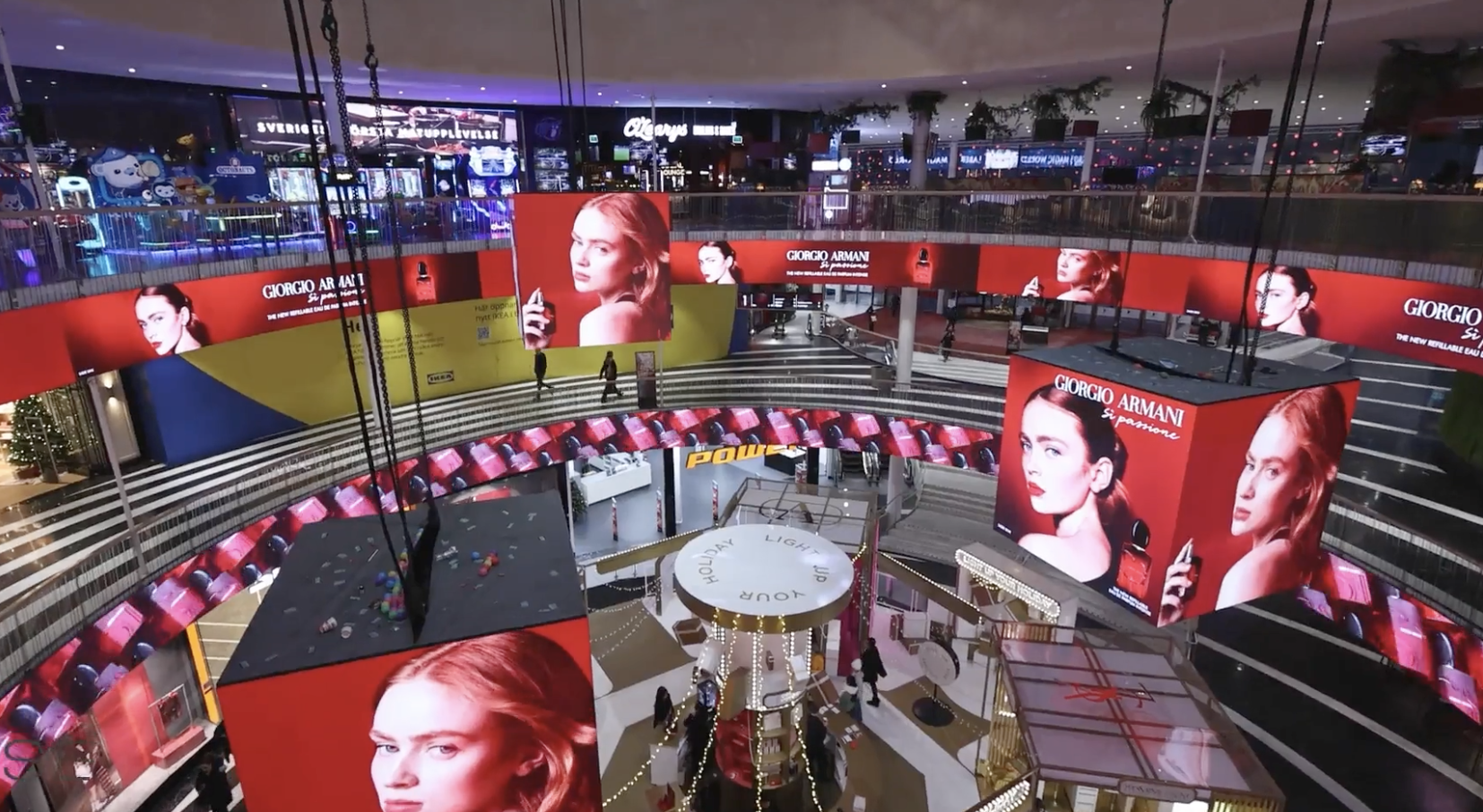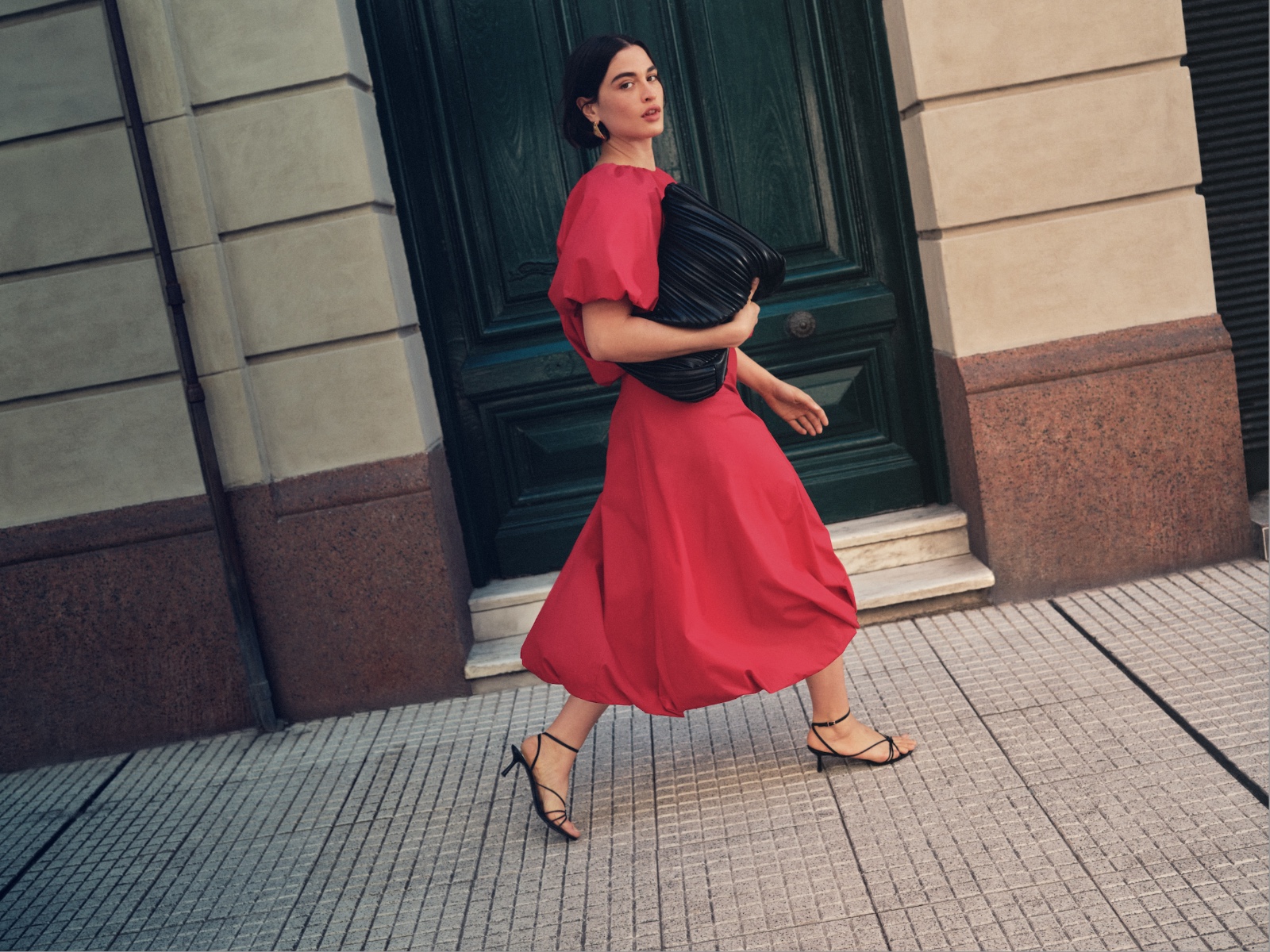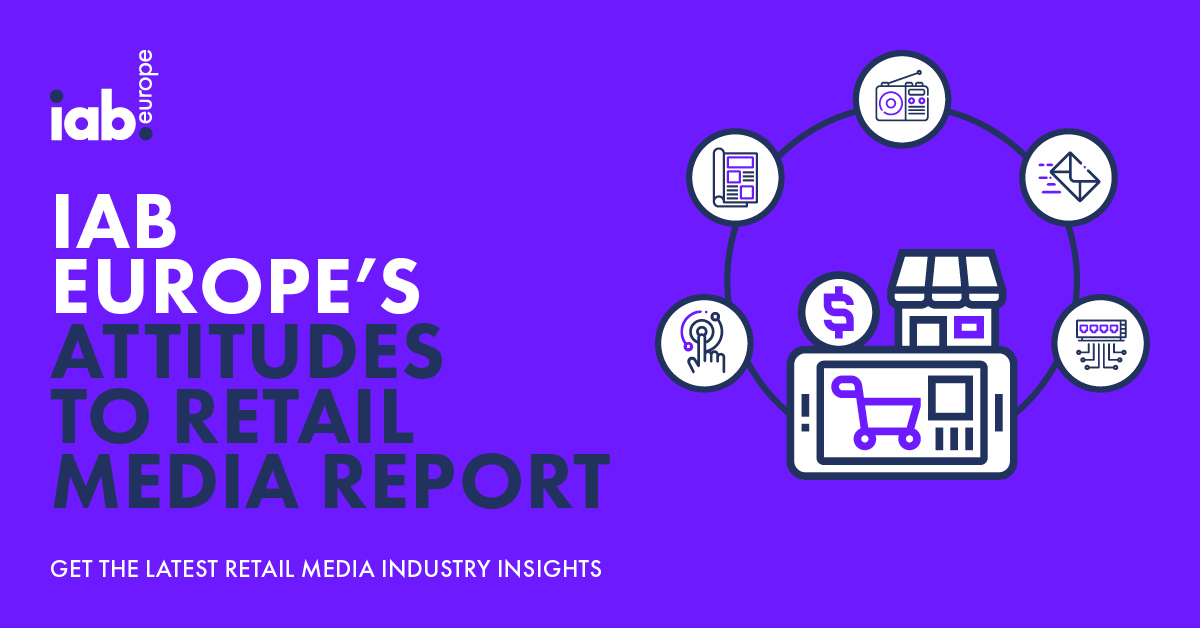In the age of social distancing, video is increasingly becoming a must have for online retailers looking to both stand out from the crowd and to offer better customer experience and customer service.
With shopper being forced online – and for many they are being forced, it isn’t their natural choice – retailers and brands increasingly need to both recreate some of what consumers have lost by not being able to go in store, as well as adding tools that can help shoppers interact with them while shopping.
Pinterest has long been a proponent of this and has already this Autumn increased its use of video to, in its words, make Christmas more about shopping then just buying. It wants to use video and clever curation to add some of the magic of browsing the shops to the web.
Fellow marketplace AliExpress, an international off-shoot of China’s mighty Alibaba, has also long been a fan of video and has been one of the retail world’s pioneers of livestreaming. It sees video as a natural progression for online and whether broadcasting live streams or just using video to enhance product display, it sees the power of the channel.
Brands and retailers are following suit. Brands including Samsung, Farfetch, Clinique and Etam have all been working on how to create better video experiences, which not only show case product, but give the consumer a link to the brand and a reason to shop and come back.
Whether streaming live events that are shoppable or just creating shoppable video content, brands and retailers are starting to see that this is where shoppers are increasingly looking for inspiration when shopping online.
With many of the new tranche of ecommerce shoppers worldwide doing it on mobile, video is a natural fit. Video also sits nicely in the social media world too, providing the link between ecommerce and social commerce (and mobile commerce) for many consumers.
Brands can create content that helps sell, push it on social, which in itself becomes shoppable. It is a virtuous circle.
Video is also being used for customer service. Whether to outline how things work, to handle FAQs and instructions or to deliver actual video calls, video is playing more of a role in remote retail as a customer service function.
And good customer service and the engagement that it facilitates, can be turned into sales.
This is perhaps why Facebook-owned WhatsApp is adding a ‘Shop’ button to its WhatsApp Business platform. Increasing numbers of brands and retailers are interacting with consumers – and vice versa – through messaging.
Customer queries, as well as complaints, sit alongside messages to registered customers are all going through WhatsApp. So too are videos and video calls. Making this whole process shoppable allows brands and retailers to again turn engagement into something they can sell.
Having video as part of that not only adds richness, but also is something they have to offer, as it is one of the many ways consumers want to interact with businesses.
Taken together, there is a shift happening (another week, another shift) in retail, with video and messaging becoming new ways that shoppers are entering the purchase funnel. With AliExpress and Pinterest (and Amazon) already there, and with WhatsApp adding its considerable reach into the mix, there are suddenly a whole bunch of new reasons why shoppers may well not use traditional brands and retailers and their sites and apps to research and buy.
This may well be the greatest shift of all that the pandemic has brought about: the very platforms that shoppers shop on are very much not the ones they were this time last year. Not only are consumers more digital, they are turning to social, marketplace and even messaging platforms to discover, interact and buy.









